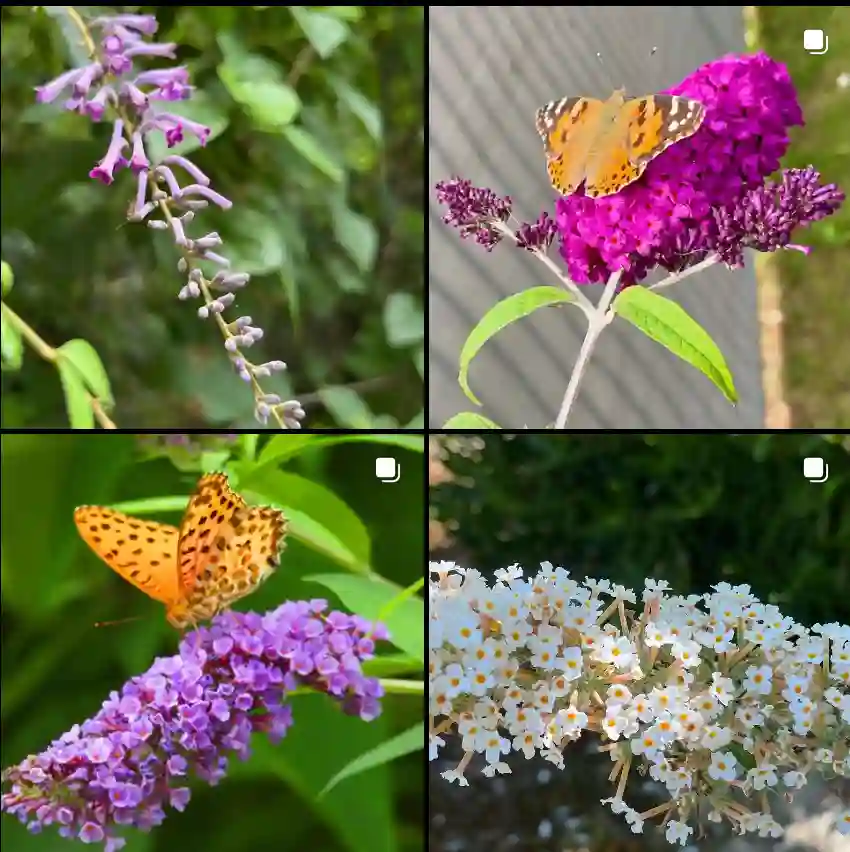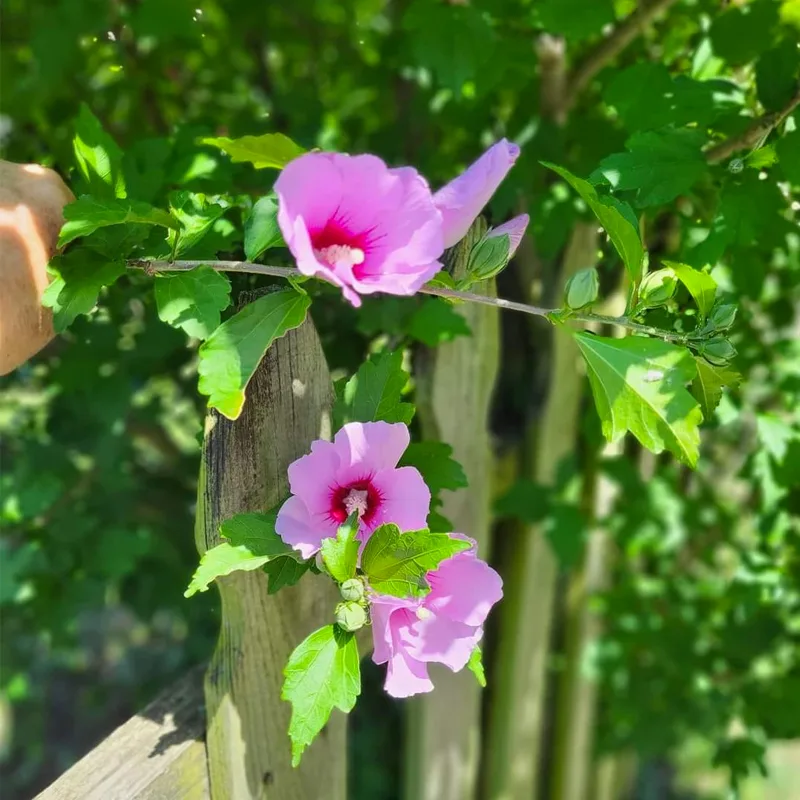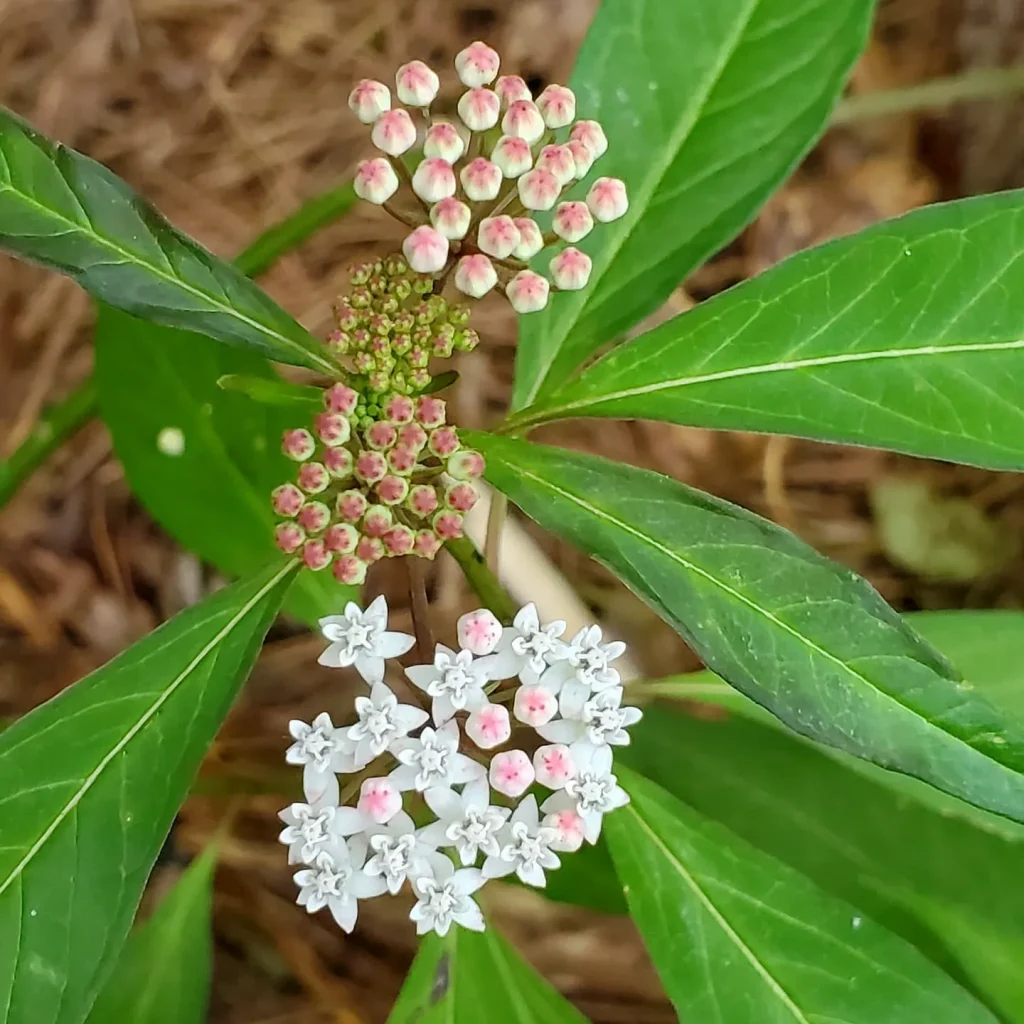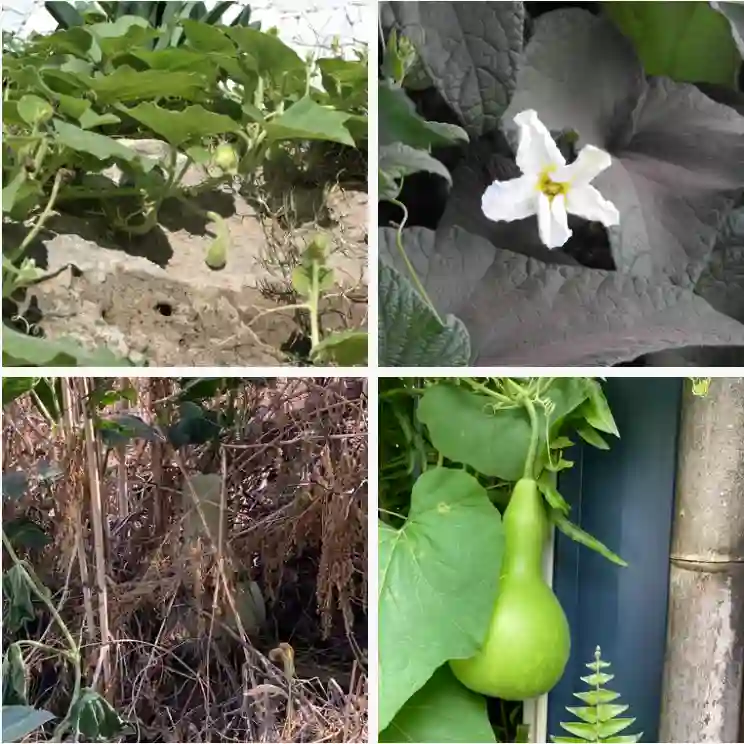FAQs About Cordyline Auntie Lou
I often find myself captivated by the beauty of Cordyline Auntie Lou. Its striking foliage and vibrant colors make it a popular choice for both indoor and outdoor gardens. As I explore this plant, I’ve come across several common questions that many people, including myself, have. Let’s dive into these FAQs to uncover the mysteries of Cordyline Auntie Lou.
25 Species in Genus Cordyline
What Is Cordyline Auntie Lou?
Cordyline Auntie Lou is a tropical plant known for its dramatic, sword-like leaves. Its foliage showcases a stunning blend of green and deep purple, adding a unique touch to any garden or home. Native to tropical regions, this plant can grow both outdoors in warm climates and indoors as a houseplant.
Is Auntie Lou Cordyline a Perennial?
Yes, Auntie Lou Cordyline is considered a perennial plant in suitable climates. It can thrive year-round in USDA hardiness zones 9 to 11, making it a great option for gardeners in warmer regions. In colder climates, however, it may need to be treated as an annual or brought indoors during the winter months.
How to Care for Cordyline Auntie Lou?
Caring for Cordyline Auntie Lou is relatively straightforward, but a few key practices can help it flourish. First, it prefers well-draining soil and should be watered regularly, allowing the top inch of soil to dry out between watering. Overwatering can lead to root rot, so it’s essential to strike a balance.
Light is also crucial; this plant thrives in bright, indirect sunlight. While it can tolerate some direct sun, too much can scorch its beautiful leaves. Fertilizing every few months during the growing season with a balanced fertilizer can encourage healthy growth.
How to Propagate Cordyline Auntie Lou?
Propagating Cordyline Auntie Lou can be done through cuttings or offsets. To take cuttings, I usually select healthy stems with several leaves. After cutting, I allow the ends to dry for a day or two, which helps prevent rot. Then, I place the cuttings in water or directly into soil. If using soil, keeping the soil moist and in a warm location helps encourage rooting. Offsets can be separated and planted directly into new pots, as they already have established roots.
What to Plant With Cordyline Auntie Lou?
When choosing companion plants, I recommend opting for those that enjoy similar growing conditions. Varieties of ornamental grasses, such as Blue Fescue or Purple Fountain Grass, create a beautiful contrast with Auntie Lou’s bold foliage. Additionally, pairing it with other tropical plants like Bromeliads or Alocasia can create a stunning, lush environment.
Can You Grow Cordyline Auntie Lou Indoors?
Absolutely! Growing Cordyline Auntie Lou indoors is a fantastic option, especially if you live in a cooler climate. It does well in bright, indirect light and should be kept away from cold drafts. Ensuring adequate humidity can help maintain its vibrant leaves. A well-draining potting mix is essential to prevent overwatering.
Is Cordyline Auntie Lou Toxic?
One concern that often arises is whether Cordyline Auntie Lou is toxic. Fortunately, this plant is non-toxic to both humans and pets, making it a safe choice for homes with children or animals. However, it’s always wise to monitor pets around any plant, as some may experience mild digestive upset if they nibble on leaves.
What Are the Benefits of Growing Cordyline Auntie Lou?
The benefits of growing Cordyline Auntie Lou are numerous. Its stunning appearance adds aesthetic value to any garden or living space, and it can be a focal point in landscape designs. Additionally, being a perennial in warmer climates means it can provide year-round greenery. Furthermore, the plant can help improve indoor air quality, making it not only beautiful but also beneficial for your home environment.
Common Problems with Cordyline Auntie Lou
Despite its beauty, Cordyline Auntie Lou can face some common issues. One problem is leaf discoloration, often a sign of too much direct sunlight or inconsistent watering. Yellowing leaves can indicate overwatering, while browning tips might mean it’s underwatered. Pests like spider mites or mealybugs can also be a concern; regularly inspecting your plant can help catch these issues early.
Comparing Cordyline Auntie Lou with Similar Plants
Many people often confuse Cordyline Auntie Lou with other tropical plants like Dracaena or Cordyline Red Star. While they may look similar, Auntie Lou’s leaves are broader and have a more vibrant color. Dracaena tends to have a more upright growth habit, while Cordyline can have a bushier appearance.
In conclusion, Cordyline Auntie Lou is a fascinating plant with a lot to offer. From its striking beauty to its ease of care, it’s no wonder this plant has become a favorite among gardeners. Whether you choose to grow it indoors or in your garden, Auntie Lou is sure to bring a touch of the tropics to your space.
If i die, water my plants!



